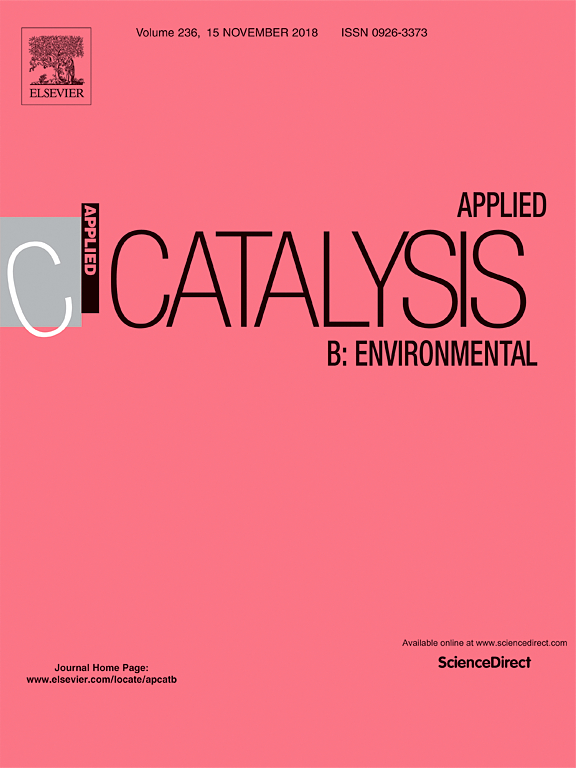

Electronic structure of active sites plays a crucial role in redox catalysts. Herein, graphitic carbon nitride (g-C3N4) decorated with metallic MoO2 heterojunction nanocomposites were successfully synthesized through a facile calcination route. XPS, UPS, UV–vis and PL spectra results suggest electron transfer from the conduction band (CB) of g-C3N4 to unfilled π* band of metallic MoO2 in the metal-semiconductor heterojunction. The electron transfer ensures high intrinsic oxidative desulfurization activity for MoO2/g-C3N4 composites. Radical scavenger experiments indicate that the electron transfer facilitates the enrichment of electron density around Mo active sites and control the rate-determining step of oxidative desulfurization. The approach can be extended to other low valent transition metal oxides possessing d electrons for enhanced catalytic activity in redox reactions.